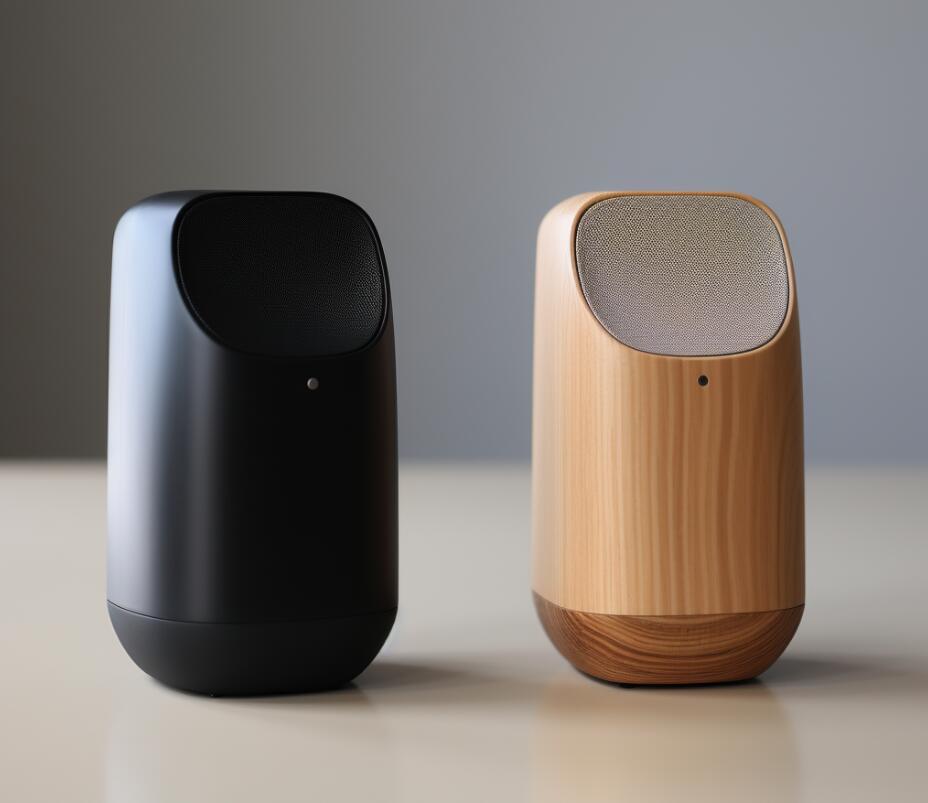
The Rise of Bluetooth Speakers and Their Impact on Audio Technology
Bluetooth speakers have become incredibly popular over the last decade, changing the way we listen to music and audio on the go. In this article, we’ll explore the history and technological innovations that have led to the rise of Bluetooth speakers, as well as their impact on the headphone and audio industries.
The Origins of Bluetooth Speaker Technology
The original technology behind Bluetooth wireless communication was developed in 1994 by Ericsson, intended as a wireless alternative to RS-232 cables. As the Bluetooth standard evolved and gained wider adoption in the early 2000s, manufacturers began applying it as a way to stream audio wirelessly from computers and mobile phones. The first commercially available portable Bluetooth speaker, the Tivoli iSongBook, hit the market in 2004. It set the template for the Bluetooth speakers to come, focusing on simplicity and portability.
Early Bluetooth speakers like the iSongBook were relatively large and expensive, limiting their appeal to niche audiophiles. The technology was still in its infancy then, with issues like audio delay, connectivity problems, and poor battery life. But subsequent iterations in Bluetooth standards, coupled with the meteoric rise of smartphones, soon enabled smaller, cheaper, and more reliable Bluetooth speakers. By the early 2010s, Bluetooth speakers like the Jambox had crossed over into the mainstream consumer market.
Key Innovations in Bluetooth Speaker Design
Several innovations over the past 15 years have improved Bluetooth speakers immensely, making them versatile everyday carry devices. Some key advances include:
- Miniaturization – Improved efficiency in power management, DSP chips, and Class D amplifiers have enabled manufacturers to shrink speaker drivers and batteries without compromising sound quality. Modern tiny speakers like the Bose SoundLink Micro can deliver stunning audio from a chassis the size of a hockey puck.
- Durability – Rugged designs with waterproofing and shock resistance allow users to bring Bluetooth speakers everywhere from the shower to the beach. Speakers like the JBL Charge 5 float in water while still blasting out tunes.
- Voice assistants – With built-in support for Siri, Google Assistant, and Alexa, smart Bluetooth speakers have introduced voice control and expanded functionality like weather reports, reminders, and hands-free calls.
- Wireless charging – Qi wireless charging coils let users easily charge some Bluetooth speakers by just setting them on a charging pad, with no cables required.
- Speakerphone – Onboard microphones mean many Bluetooth speakers can double as speakerphones for conference calls. Some even offer stereo pairing to provide true multi-directional call audio.
The Impact on the Audio Industry
Bluetooth speakers have had a noticeable impact on audio technologies and listening habits over the past decade. As they’ve improved and proliferated, dedicated headphone sales have declined. A 2021 CTA report noted that unit sales of headphones had fallen 17% since 2016, while Bluetooth speaker sales grew 60% over the same period. With great portability and social-friendly audio, Bluetooth speakers have become the default choice for casual listening over headphones.
Bluetooth speaker dominance has also decimated the clock radio industry. Alarm clock radios were made obsolete once smartphones could stream music and podcasts to bedside speakers. Consequently, consumer sales of clock radios dropped a staggering 96% between 2012 to 2018 according to NPD Group.
For the audio industry, the runaway success of Bluetooth speakers has underscored the importance of wireless connectivity. It’s pushed headphone makers to adopt Bluetooth, with models like the AirPods quickly dominating over wired earbuds. On theflip side, traditional hi-fi stereo systems have started integrating streaming and wireless speakers through protocols like Chromecast, AirPlay, and Bluetooth. Audio industry conventions like CES now dedicate entire sections to the latest innovations in portable Bluetooth speakers.
The Future of Bluetooth Speakers
A decade since its inception in the mainstream market, Bluetooth speaker technology continues to evolve rapidly. What does the future hold for these ultra-portable audio devices? Some possibilities include:
- Multi-room audio – Better multi-speaker pairing could enable surround sound or whole-home audio streaming from a smartphone.
- Voice assistant advancements – More natural voice control and tighter smart home ecosystem integration will improve the utility of smart speakers.
- Hearables integration – Miniature speakers like the Bose SoundControl Hearing Aids blur the lines between speakers, headphones, and wearable devices.
- High-fidelity designs – Audiophile Bluetooth speaker models like the Devialet Phantom point to improvements in wireless fidelity nearing that of wired speakers.
- Fashionable form factors – More variety in shapes, colors, and material designs make Bluetooth speakers as much a fashion statement as an audio product.
With continuous product innovation and shrinking form factors, Bluetooth speakers will likely be even more ubiquitous in our lives a decade from now. The convenience of great-sounding audio anywhere we go makes Bluetooth speakers a fundamental modern tech accessory. While enthusiasm for headphones may wax and wane, the era of the wireless speaker is just beginning.



